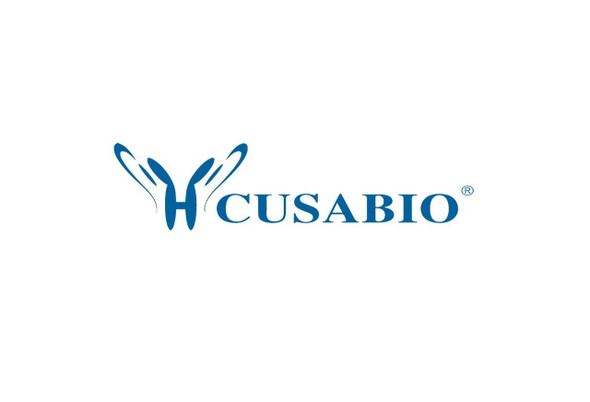Cusabio Polyclonal Antibodies
GHRL Antibody | CSB-PA871388ESR1HU
- SKU:
- CSB-PA871388ESR1HU
- Availability:
- 3 to 7 Working Days
Description
GHRL Antibody | CSB-PA871388ESR1HU | Cusabio
GHRL Antibody is Available at Gentaur Genprice with the fastest delivery.
Online Order Payment is possible or send quotation to info@gentaur.com.
Product Type: Polyclonal Antibody
Target Names: GHRL
Aliases: Appetite-regulating hormone (Growth hormone secretagogue) (Growth hormone-releasing peptide) (Motilin-related peptide) (Protein M46) [Cleaved into: Ghrelin-27; Ghrelin-28 (Ghrelin) ; Obestatin], GHRL, MTLRP
Background: Ghrelin is the ligand for growth hormone secretagogue receptor type 1 (GHSR) . Induces the release of growth hormone from the pituitary. Has an appetite-stimulating effect, induces adiposity and stimulates gastric acid secretion. Involved in growth regulation. Obestatin may be the ligand for GPR39. May have an appetite-reducing effect resulting in decreased food intake. May reduce gastric emptying activity and jejunal motility .
Isotype: IgG
Conjugate: Non-conjugated
Clonality: Polyclonal
Uniport ID: Q9UBU3
Host Species: Rabbit
Species Reactivity: Human
Immunogen: Recombinant Human Appetite-regulating hormone protein (1-117AA)
Immunogen Species: Human
Applications: ELISA, IHC
Tested Applications: ELISA, IHC; Recommended dilution: IHC:1:20-1:200
Purification Method: Antigen Affinity Purified
Dilution Ratio1: ELISA:1:2000-1:10000
Dilution Ratio2: IHC:1:20-1:200
Dilution Ratio3:
Dilution Ratio4:
Dilution Ratio5:
Dilution Ratio6:
Buffer: PBS with 0.02% sodium azide, 50% glycerol, pH7.3.
Form: Liquid
Storage: Upon receipt, store at -20°C or -80°C. Avoid repeated freeze.
Initial Research Areas: Cardiovascular
Research Areas: Neuroscience;Cardiovascular;Metabolism;Signal transduction











